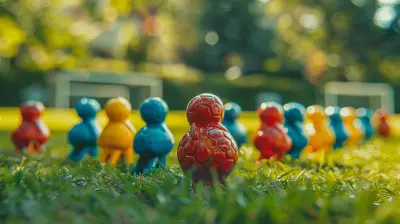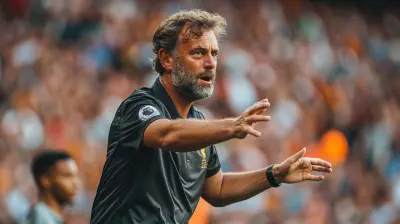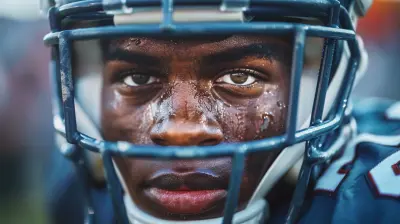How Community Events Foster Stronger Fan Connections
22 August 2025
If you've ever been to a fan fest, a charity game, or even a team's local meet-and-greet at the park, you know exactly what we're talking about. There’s something electric about mingling with fellow fans, meeting players up close, and feeling like you’re part of something bigger than just the scoreboard.
In the age of digital everything—from streaming games to virtual fan forums—it’s easy to forget just how powerful real-life, boots-on-the-ground community events can be. But guess what? These events are where the magic happens. They’re the glue that binds fans to their teams—and to each other.
Let’s dive into how community events foster stronger fan connections, and why they should never be an afterthought in the world of sports.
Why Community Engagement Still Matters (A Lot)
Picture this: You’re scrolling through highlights on your phone, sitting at home alone. It’s fun, sure. But now imagine standing in a sea of fans, all wearing the same colors, high-fiving strangers after a win. Feels different, doesn’t it?That difference? That’s community. It’s personal. It’s emotional. It creates memories and shared experiences. And those are the things that turn casual viewers into lifelong fans.
Community events bring fans out from behind their screens and into spaces where they can truly feel the heartbeat of their team. Whether it's a youth clinic, a holiday toy drive, or an open practice, these gatherings make fans feel seen, appreciated, and involved.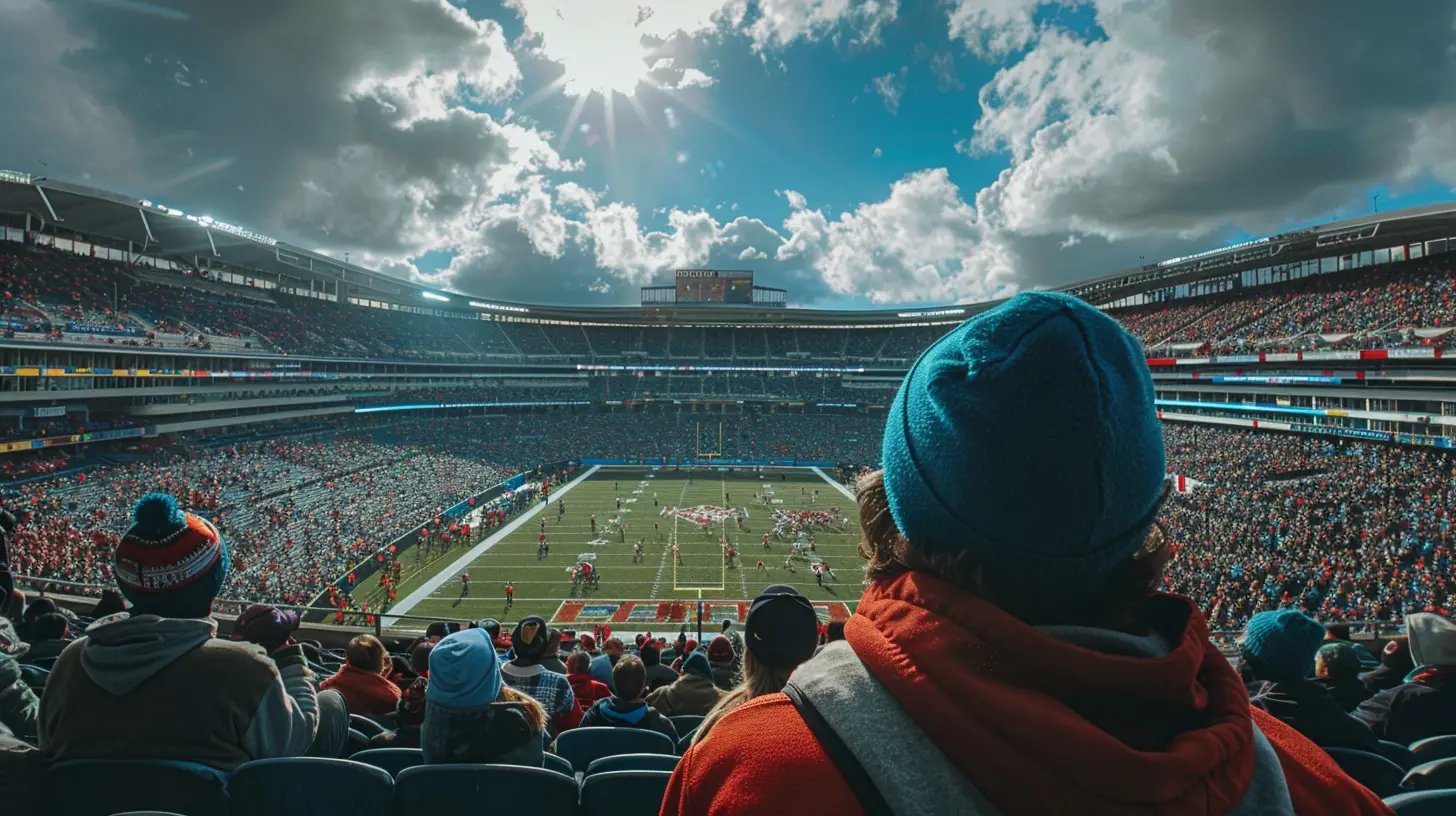
Real People, Real Connections
Let’s face it, watching athletes from afar is cool—but meeting them in person? That’s unforgettable. When teams show up to community events, they humanize themselves. Suddenly, they're not just stats on a screen—they’re people with personalities, stories, and ties to the city.Fans remember the little things. A player signing a kid’s jersey. A coach giving a pep talk at a local school. These interactions breed loyalty that lasts way beyond the season.
And hey, it’s not just about the pros either. When fans engage with each other—when they meet at events, share laughs, and bond over their shared passion—it strengthens the entire fanbase. It becomes a tribe.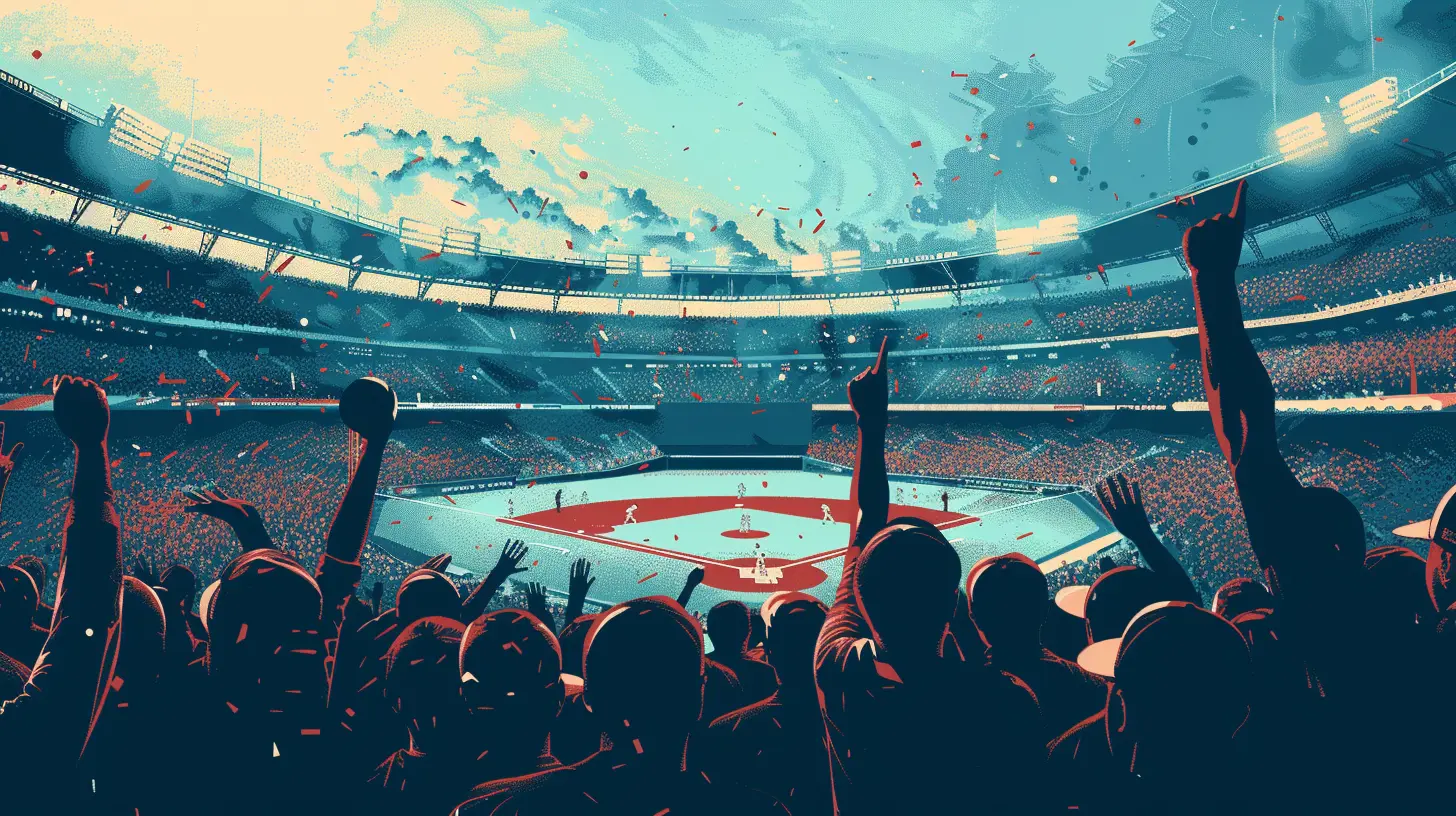
Building a Culture, Not Just a Brand
Let’s break down a common misconception: A sports team isn’t just a brand—it’s a cultural institution. And culture isn’t built in the front office; it’s built in the streets, the parks, the local gyms. It's built where fans live.Community events help anchor a team in its local environment. They allow franchises to give back, to show gratitude, and to invest in the future. They make it about we, not me. That sense of ownership fans feel? It’s priceless.
Teams that consistently show up for their communities earn not just respect, but unwavering allegiance.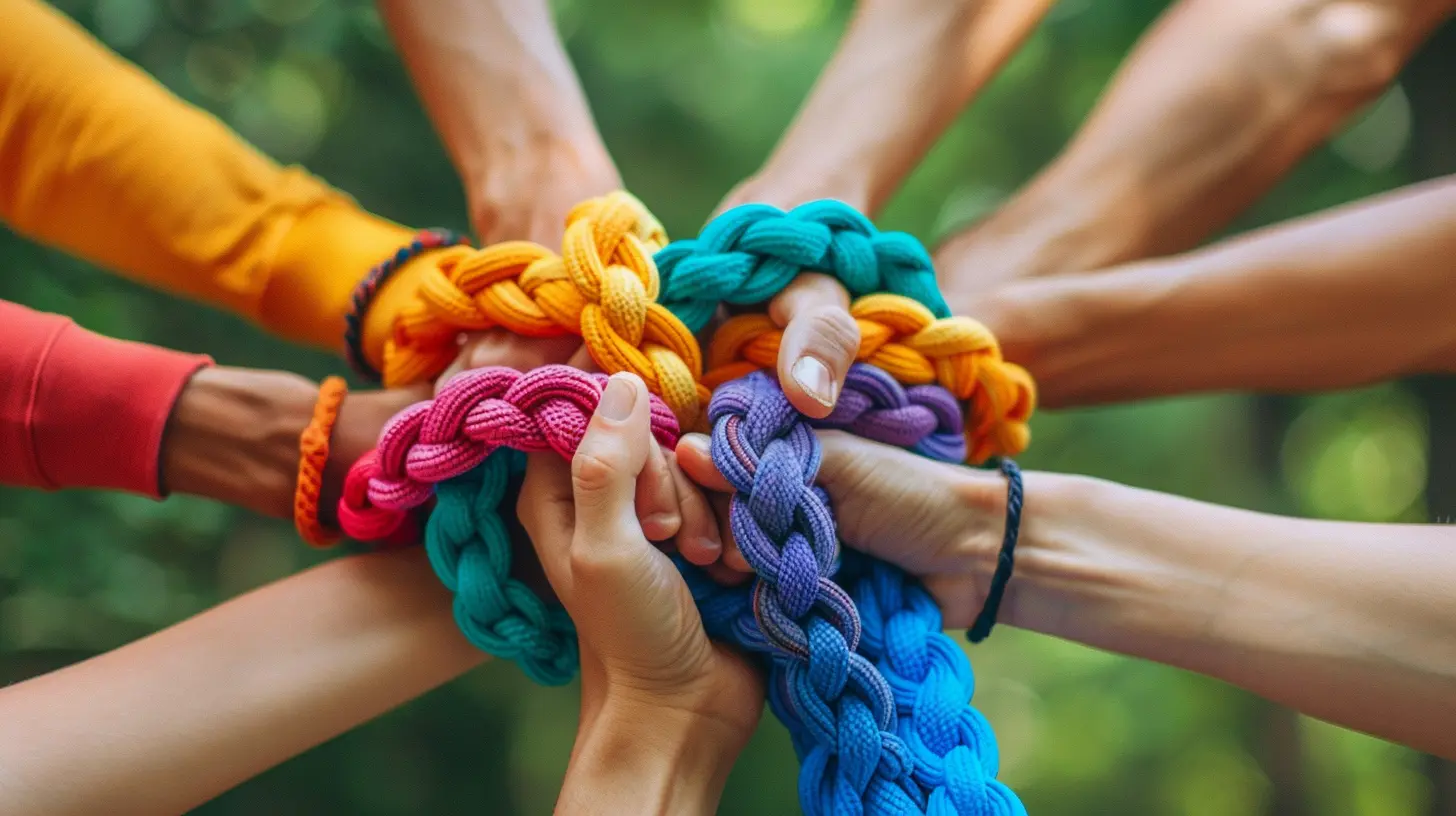
The Power of Storytelling Through Events
Great stories connect us. And community events are goldmines for unforgettable stories.Think about it. A military family meeting their favorite player after returning home. A kid with cancer throwing out the first pitch. A youth team coached by a retired legend. These aren't just feel-good moments—they're narratives that deepen the emotional bond between a team and its fans.
And in today's world of social media, these stories go viral. They inspire, uplift, and create waves far beyond the physical event. They turn ordinary moments into legacy-building memories.
Creating Generational Loyalty
Want fans for life? Start with the kids.When kids get early exposure to their hometown teams through school visits, community camps, or youth-focused events, they form emotional attachments fast. These aren’t just sports teams in their eyes—they’re heroes. They remember who showed up for them.
Parents notice that. Grandparents too. Families start making team events part of their traditions. Before you know it, you’ve got three generations cheering for the same squad, all because of that one free skills clinic 10 years ago.
It’s not just fandom. It’s family legacy.
Activating Local Pride and Identity
Community events are where local pride meets team colors.When a team steps in to support local businesses, attend city parades, or sponsor community clean-ups, it sends a powerful message: “We’re one of you.”
That kind of connection is hard to fake. It gives fans something to rally behind—even when the win column is looking rough. Because now, it’s not only about on-field success. It’s about shared values and hometown pride.
And you better believe fans take that personally.
Fans Want to Feel Heard
Here’s a little secret: Fans love when they feel like their opinions matter.Community town halls, fan forums, and Q&A events give supporters a chance to voice thoughts, ask questions, and be part of the conversation. It's fan engagement on a deeper level.
When teams actually implement feedback from these events? That’s next-level loyalty-building. Fans feel involved in the direction of the franchise. They feel like stakeholders—not just ticket buyers.
And when people are invested emotionally? They stick around, through thick and thin.
It’s Not Just for the Big-League Teams
You don’t need billions in your budget to pull off impactful community events.Minor league teams, college programs, and even semi-pro clubs can (and do) knock it out of the park with local outreach. In fact, smaller teams often have even tighter bonds with their communities because of how accessible they are.
From pancake breakfasts at the high school gym to pick-up games at the local rec center, the intimacy of these events can often lead to even deeper relationships.
It’s about heart, not hype.
The Ripple Effect of Goodwill
Here’s the thing about community involvement—it’s contagious.When fans see their favorite athletes giving back, they’re inspired to do the same. Whether it’s donating time, money, or just spreading the word, the community lifts each other up.
It creates a cycle of positivity. And in a world that often feels divided, that kind of unity is a beautiful thing.
Plus, let’s not ignore the business side—happy fans become season ticket holders, merch buyers, and social media ambassadors. Everyone wins.
Examples That Set the Standard
Let’s look at a few real-world examples that show how community events drive connection:- The Chicago Cubs’ “Cubs Charities” Initiative: From their youth sports programs to fitness festivals, the Cubs make it about more than baseball. They’ve built a network of loyal fans rooted in community impact.
- The Golden State Warriors' "Back-to-School" Celebration: Each year, players hand out backpacks and supplies to hundreds of kids. It's not just about hoops—it's about hope.
- Green Bay Packers' "Bike Tradition": Players ride kids’ bikes from the locker room to practice during training camp. It’s quirky, heartfelt, and totally unforgettable.
These aren’t stunts. They're traditions. And they work.
The Long Game: Investing in People, Not Just Profit
Sure, community events won’t instantly boost a team to the top of the league. But what they do offer is long-term, sustainable fan loyalty.They build emotional equity. They turn customers into believers. And in an industry where passion runs deep, that kind of connection is priceless.
It’s not about the loudest chants or the flashiest halftime show—it’s about showing up. Being present. Giving fans a reason to care deeply and stick around forever.
Final Thoughts
At the end of the day, sports are about people. The cheers, the tears, the chants—none of it means anything without the fans.Community events aren’t just side gigs or PR fluff. They’re the heartbeat of fan culture. They’re where real connections are made, friendships are born, and deeper loyalties are formed.
So whether you’re a team executive, a player, or a die-hard fan—you’ve got a role to play. Show up. Engage. Represent.
Because when teams invest in their communities, the fans invest right back—with love, loyalty, and a roaring crowd that never quits.
all images in this post were generated using AI tools
Category:
Fan EngagementAuthor:

Everett Davis
Discussion
rate this article
1 comments
Oliver Rocha
Who knew bonding over nachos and questionable dance moves could lead to championship-level fandom? Community events: where your best friends become your rivals and your rivals become, well, more nachos!
September 4, 2025 at 12:52 PM

Everett Davis
Absolutely! Community events create memorable experiences that turn casual fans into passionate rivals and friends, all while enjoying nachos!
